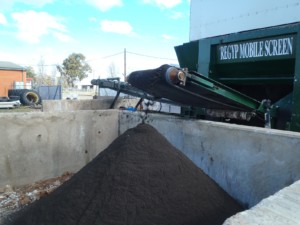How to measure plant available silicon in agricultural fertilisers? There is some debate in academic literature as to the best direct chemical extraction method to use that correlates with plant Si uptake. The results of these tests can provide insight to the responsiveness of crops such as sugar cane and rice to the application of silicated products such as by-product steel mill slag (like Super Ag Silica).
There are a few methods:
- Water solubility / cationic resin test [Kato and Owa (1997) and Furukawa and Tomita (2002)];
- Rayment & Lyons Method (method 13D), 0.005 M sulfuric acid extraction. These methods correlates to corresponding yields on sugar cane;
- 0.01 MCaCl2 extraction method at an extraction ratio of 100;
- Sodium Carbonate-ammonium nitrate extraction method.
Many materials have a high elemental Si content (ie percentage Si) and may be seen to be a potential Si fertiliser, however, their effectiveness as a Si fertiliser is not dependent on the total Si content, but rather on Si availability. For example, quartz (sand) has a very high %Si of greater than 80% but is almost completely insoluble and therefore unavailable to plants as a source of Si.
To get an accurate picture of what silicon is available over time, you need the cationic resin test which gives you the true solubility results after 8 weeks. This method was developed by the Japanese for measuring Silicon in soil amendments for their rice and is very much the standard for Silicon availability. [Kato and Owa (1997) and Furukawa and Tomita (2002)].


